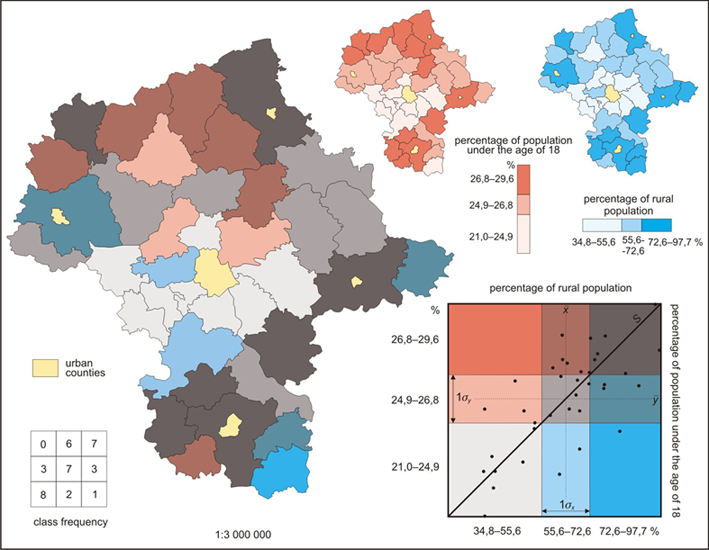http://inhabitat.com/worldmapper-cartogramps-revisualize-the-world/
A cartogram map is a map created by substituting a different standard of measurement for distance or area. Many times the area or space is distorted to convey the information. This map is a cartogram of the CO2 emissions in 2000. The size of the country is directly proportional to the emission of CO2 the country produces. The United States, China, and India are large contributors to the CO2 emission while Australia and most of Africa release little CO2 emission.
A cartogram map is a map created by substituting a different standard of measurement for distance or area. Many times the area or space is distorted to convey the information. This map is a cartogram of the CO2 emissions in 2000. The size of the country is directly proportional to the emission of CO2 the country produces. The United States, China, and India are large contributors to the CO2 emission while Australia and most of Africa release little CO2 emission.














